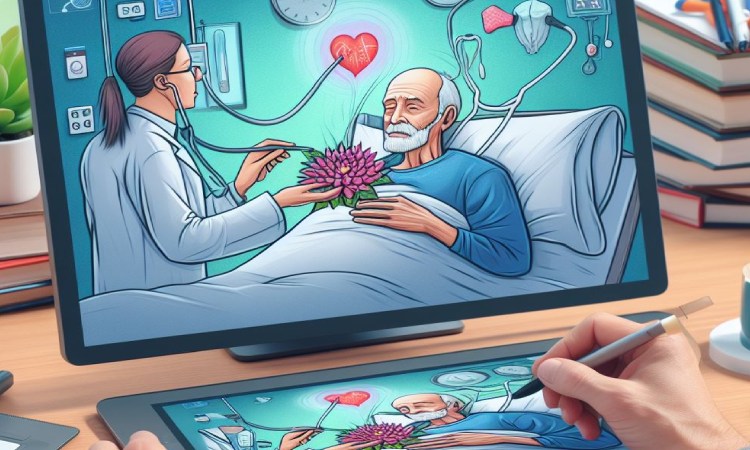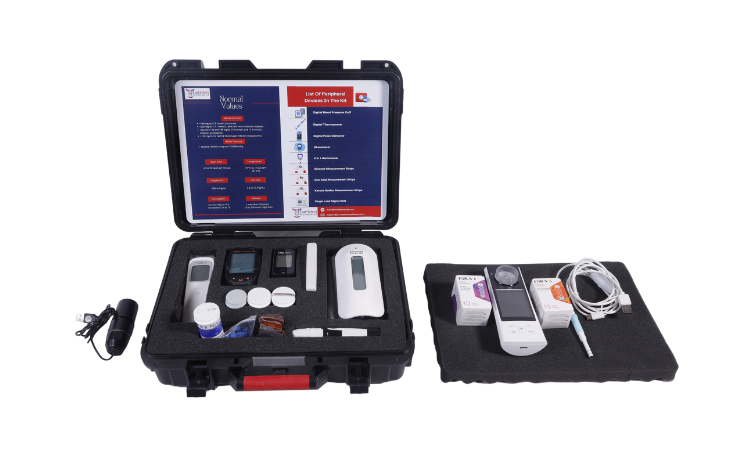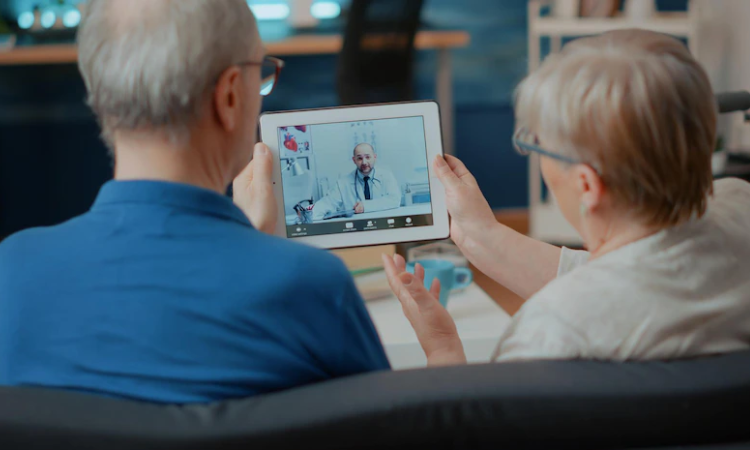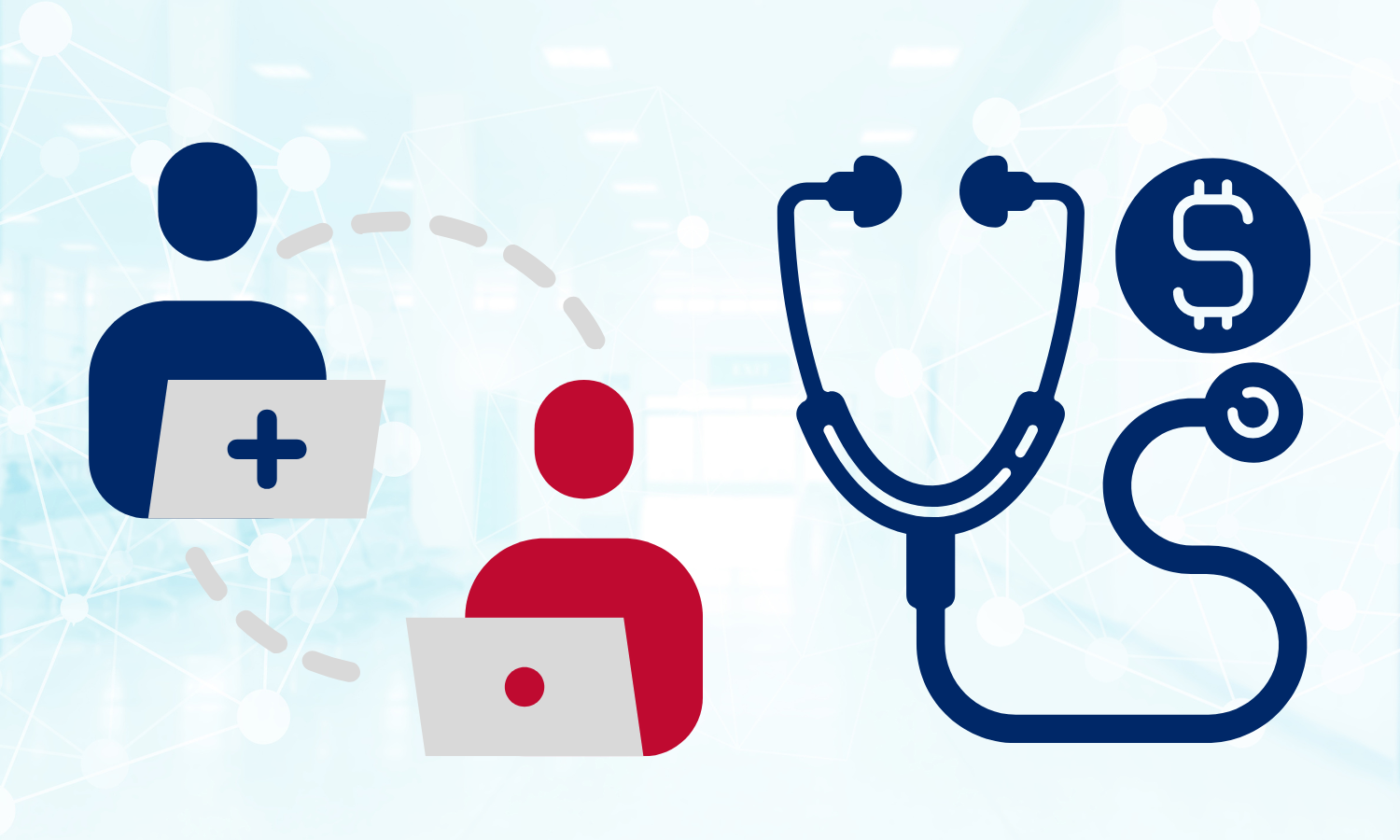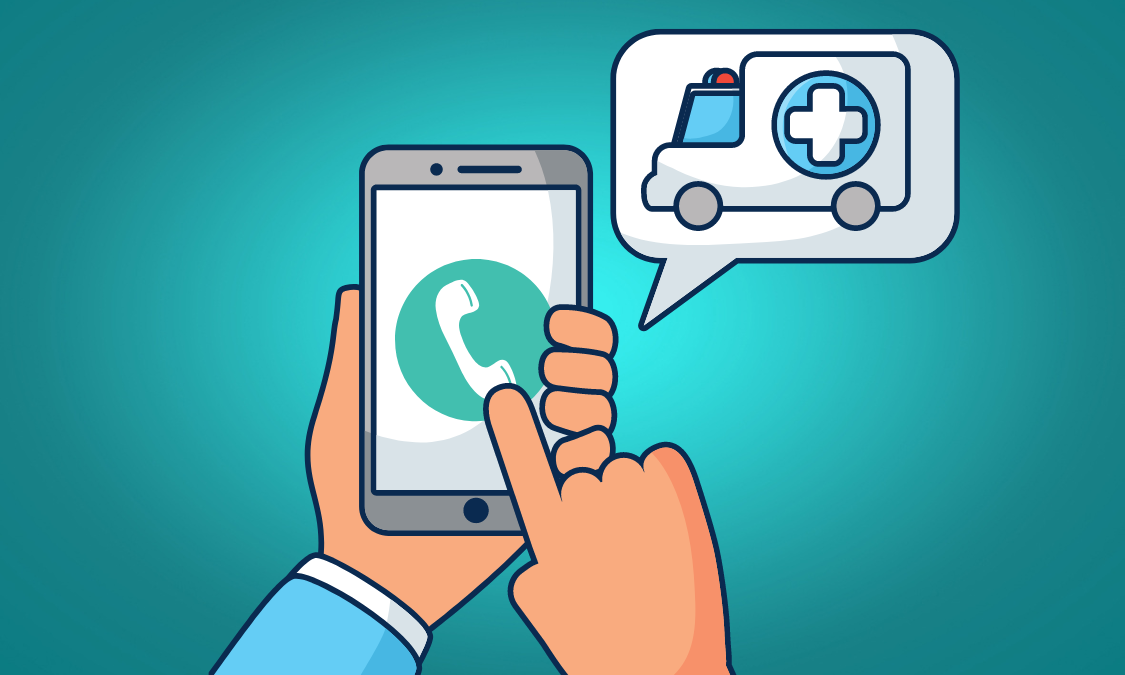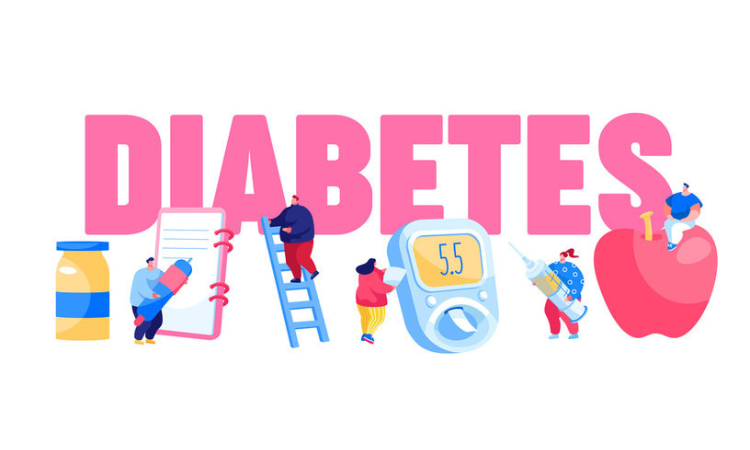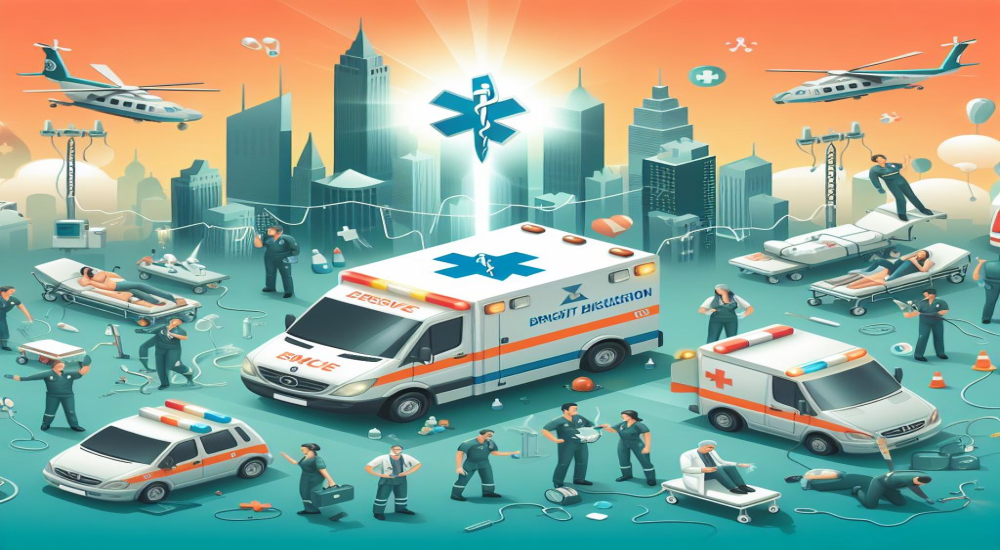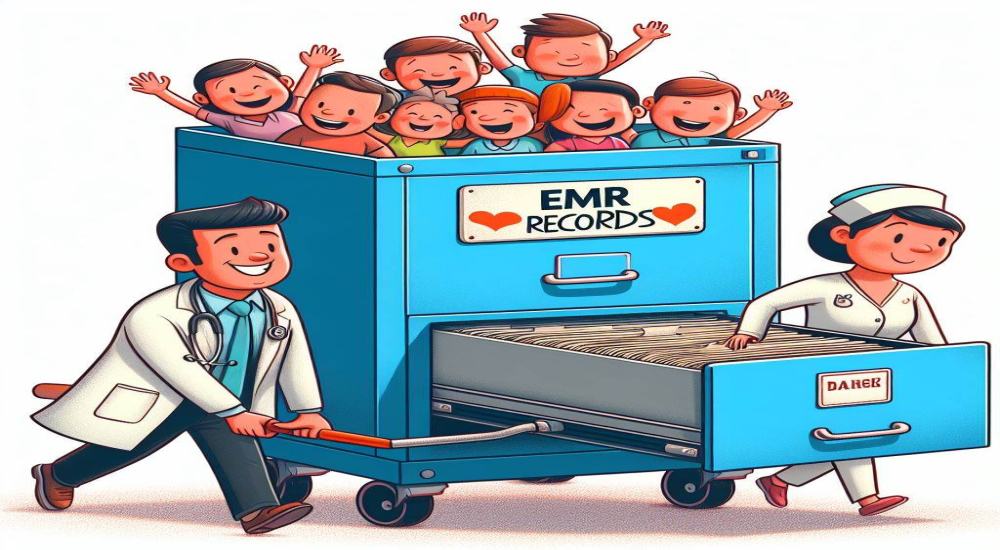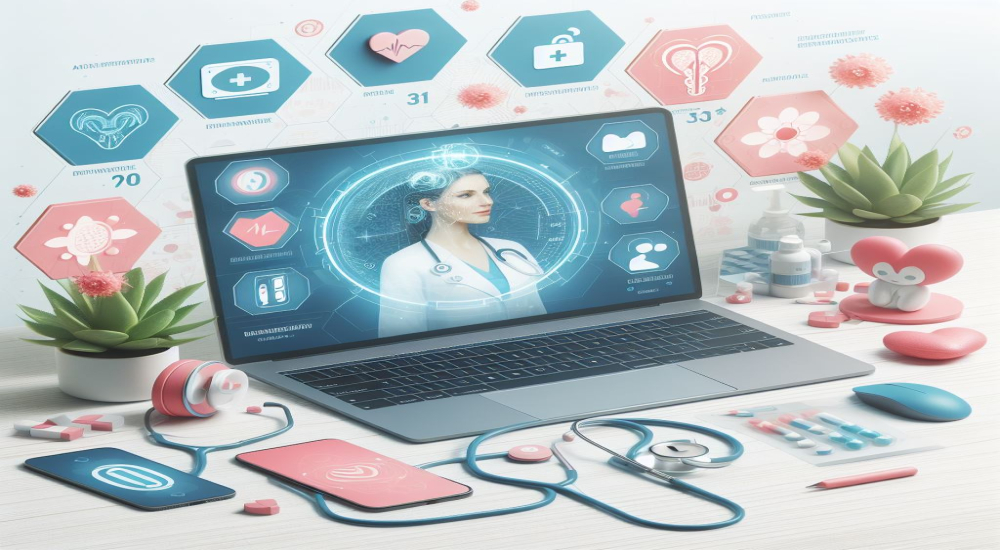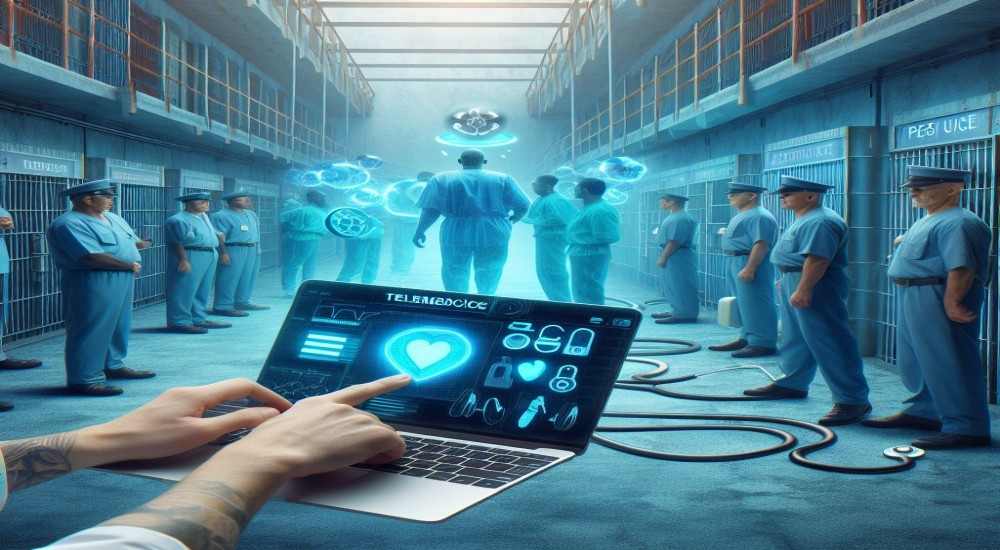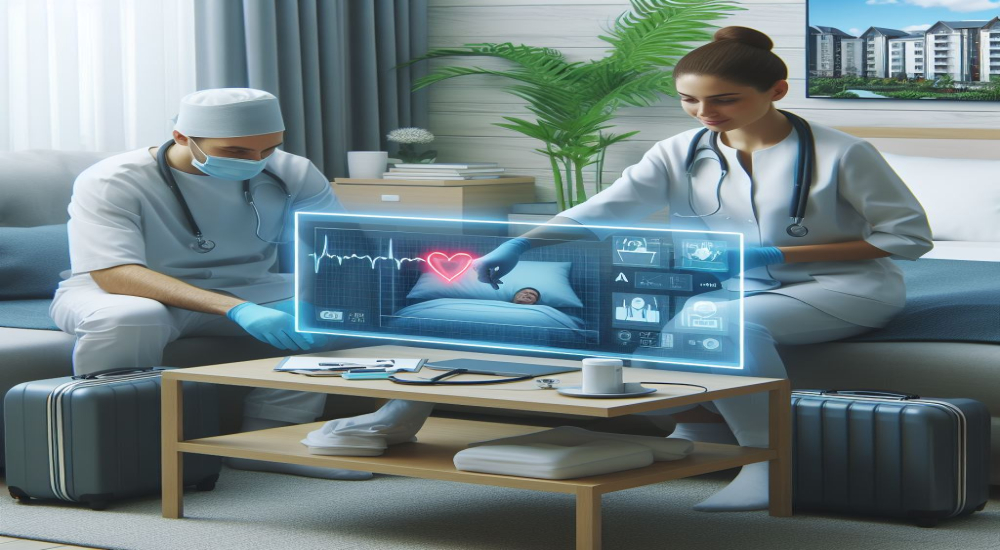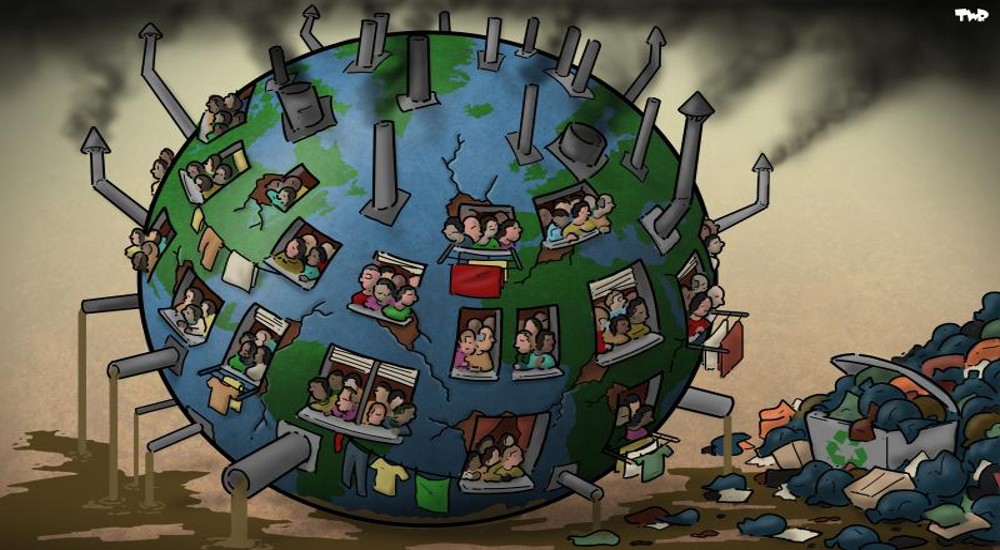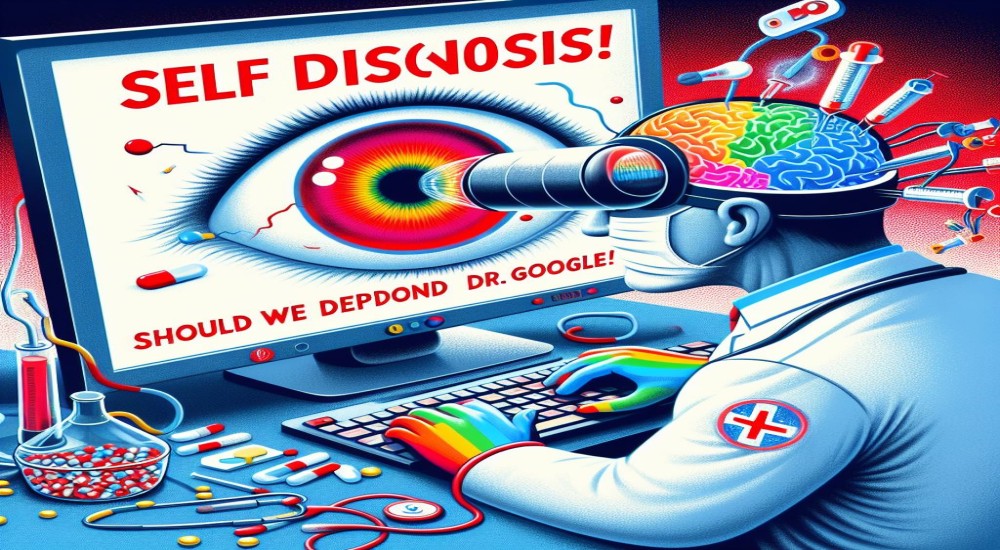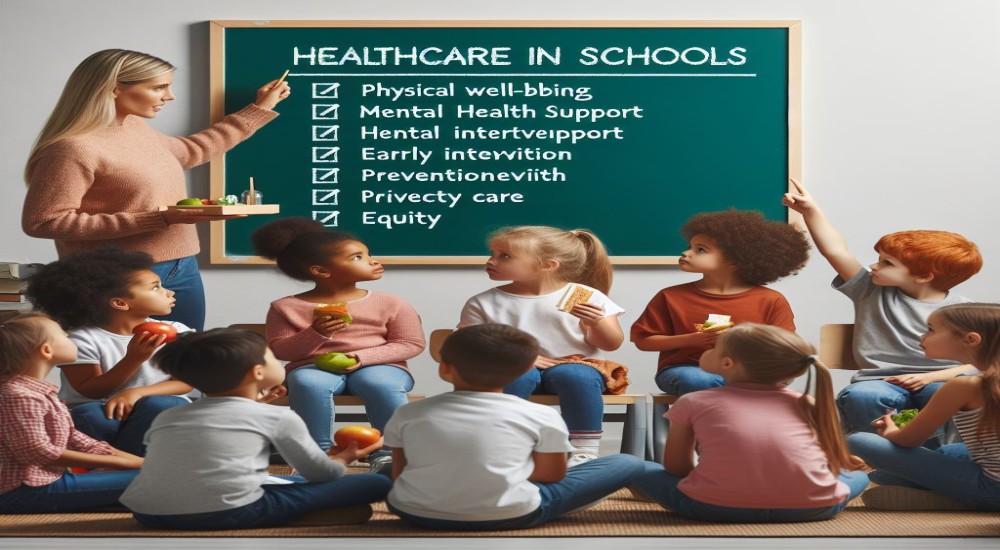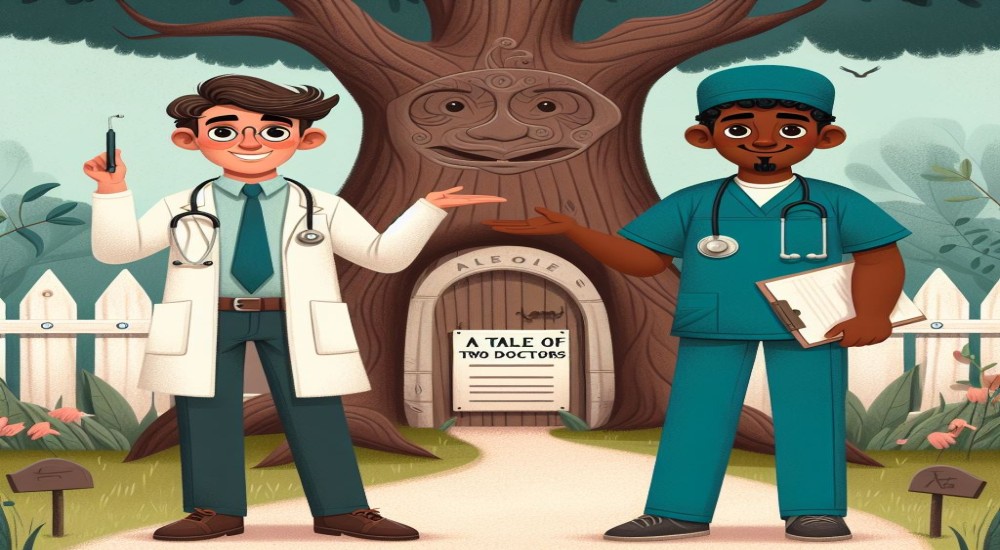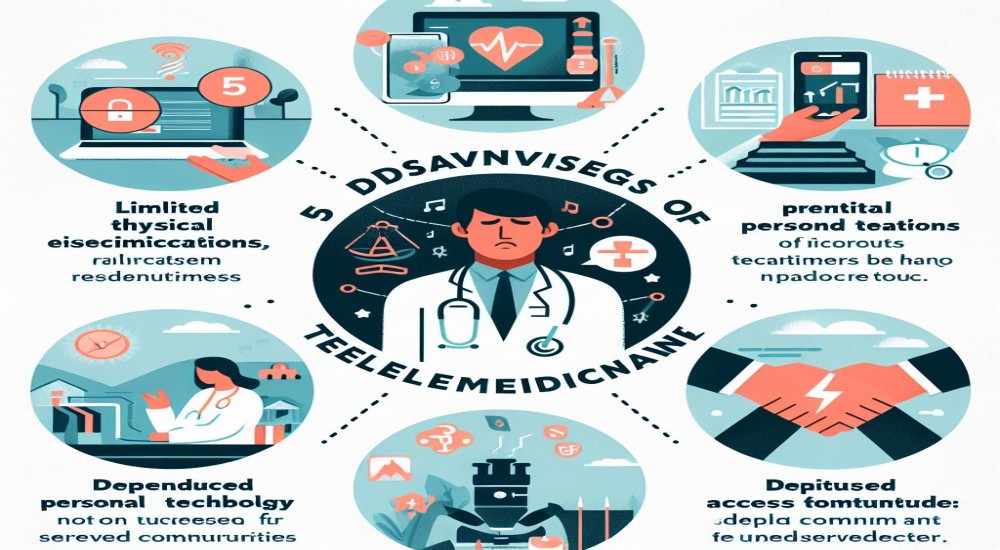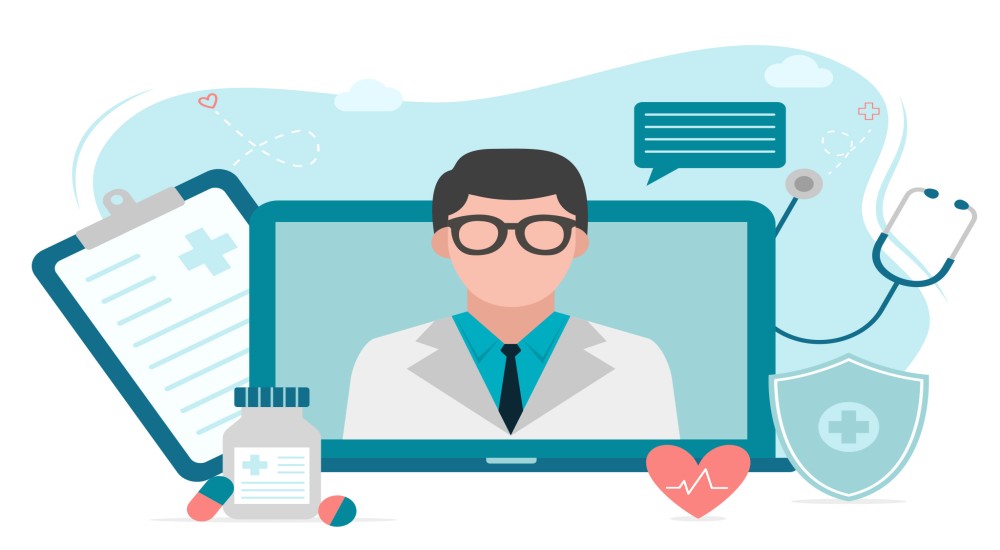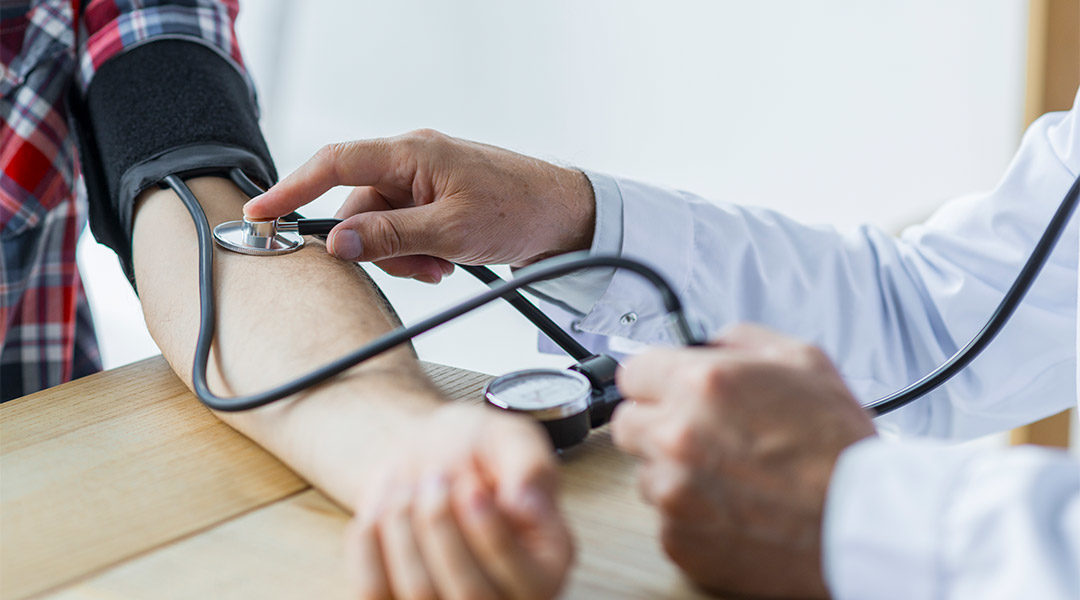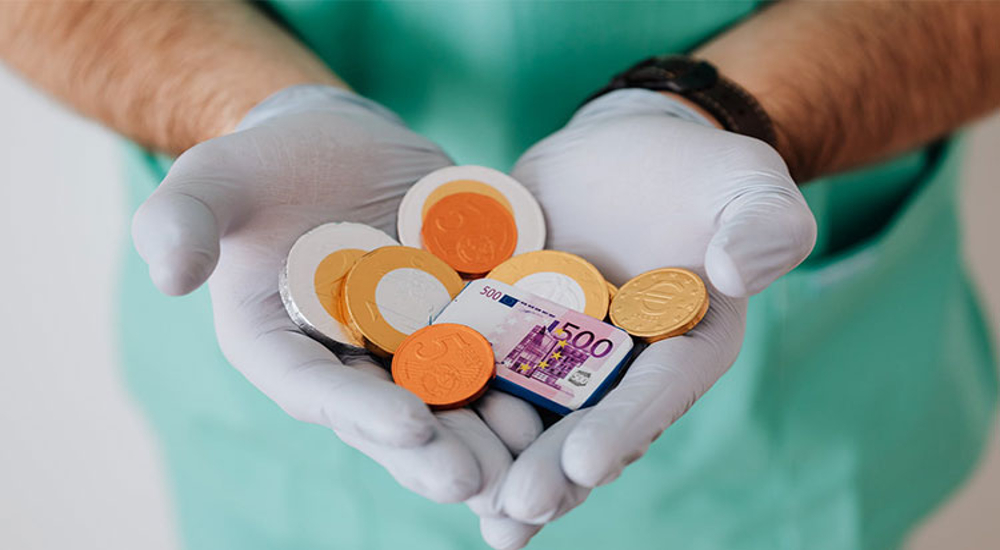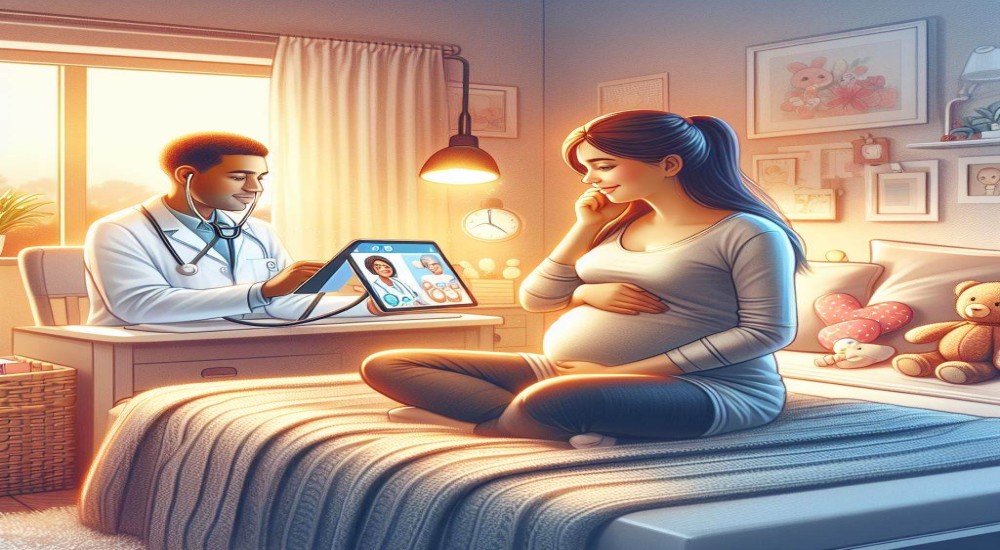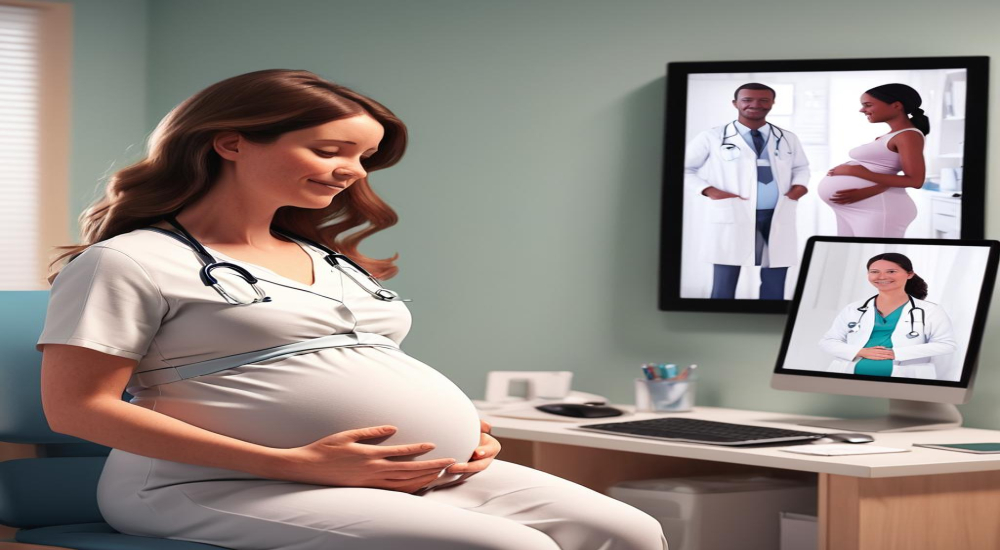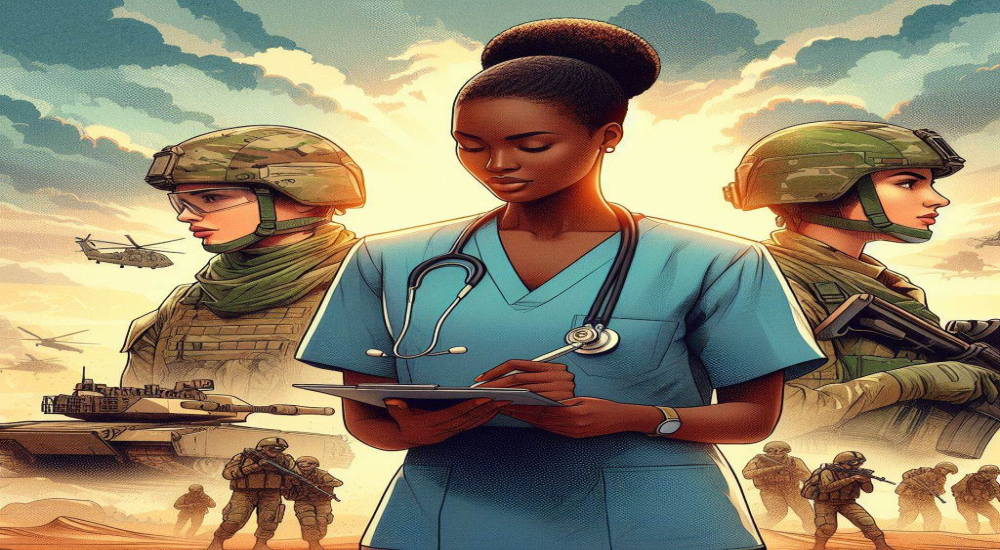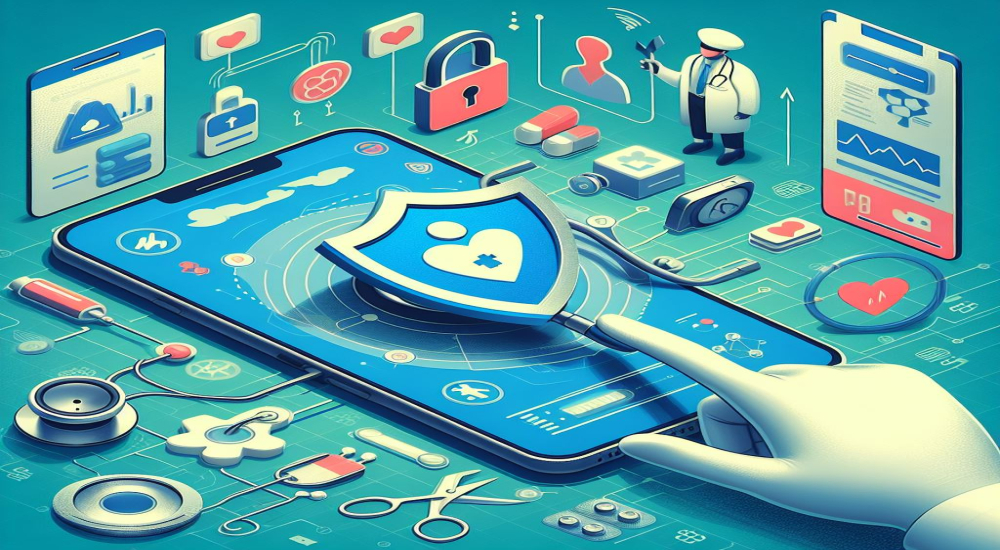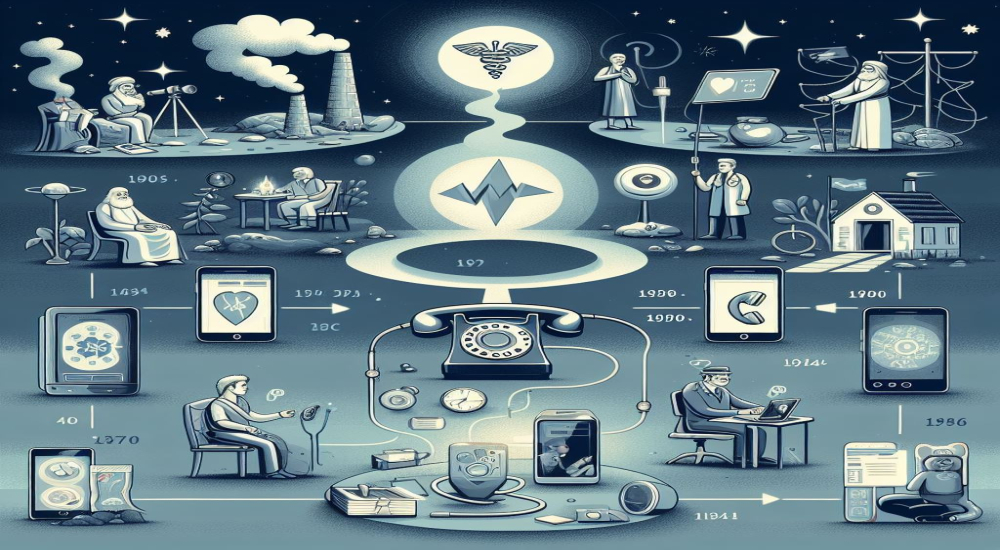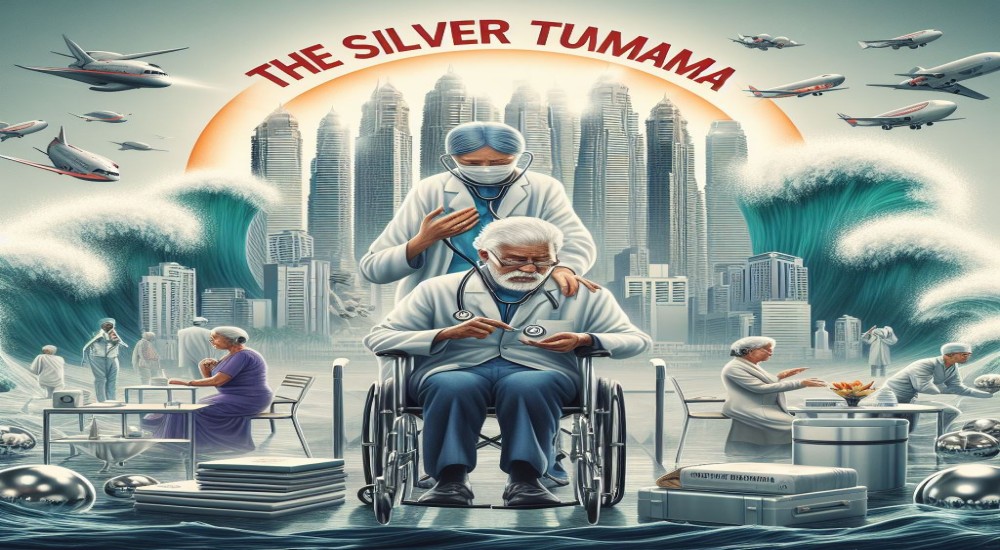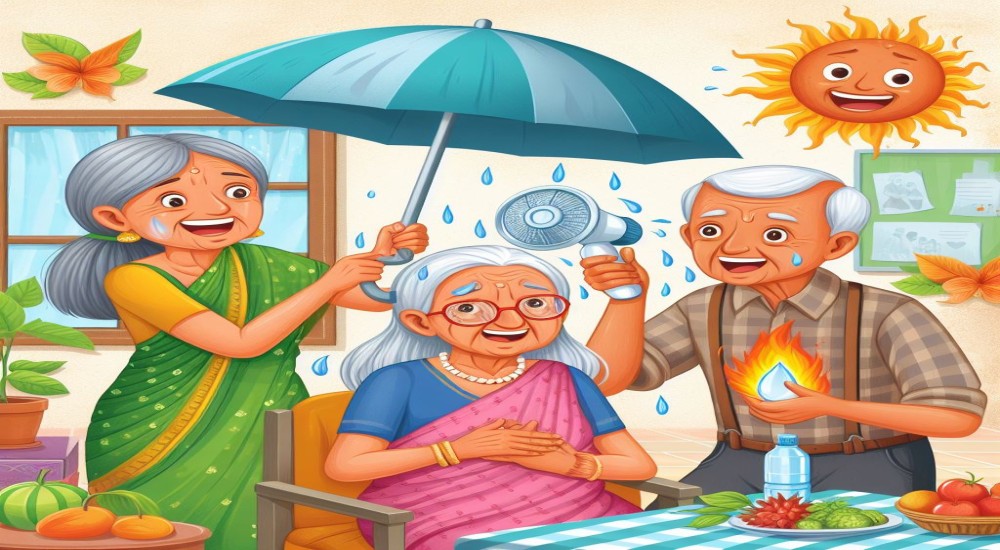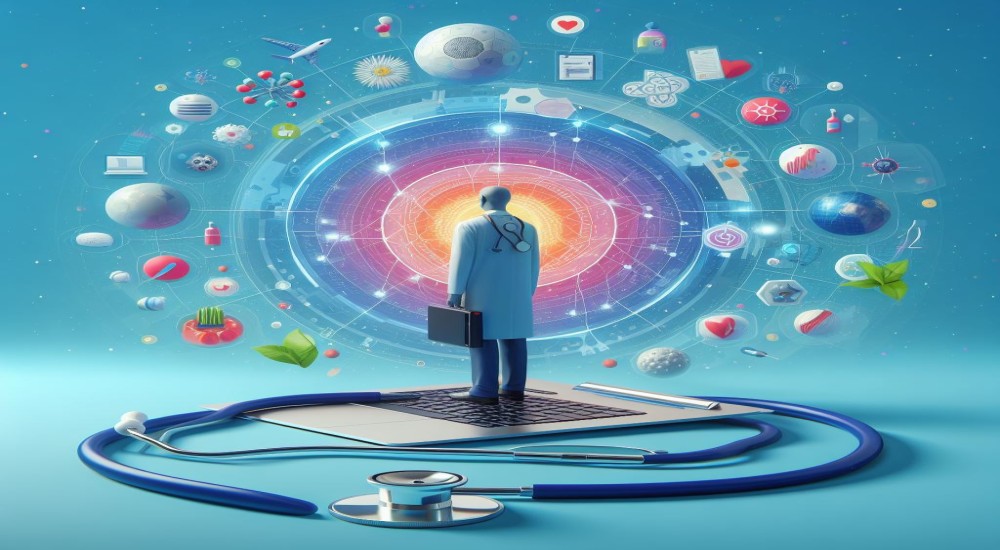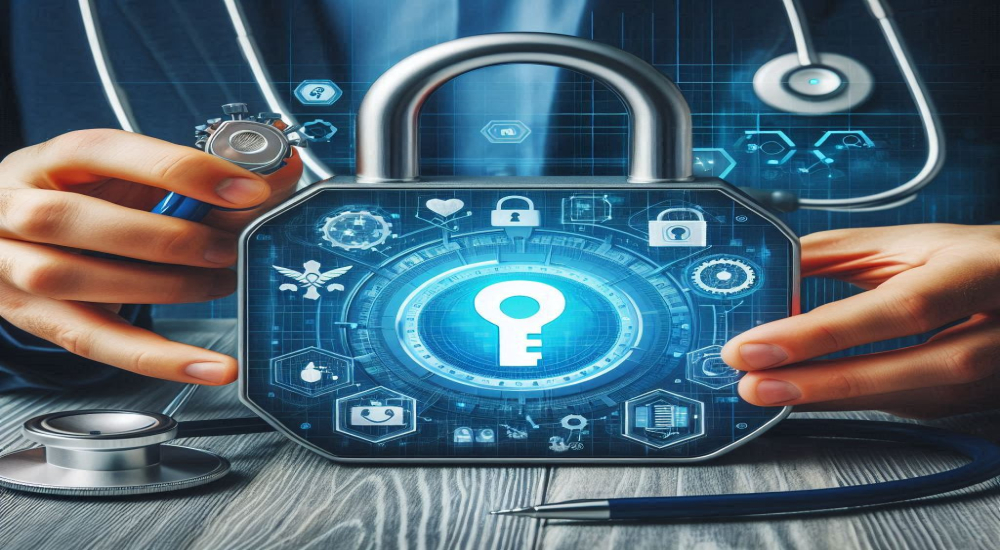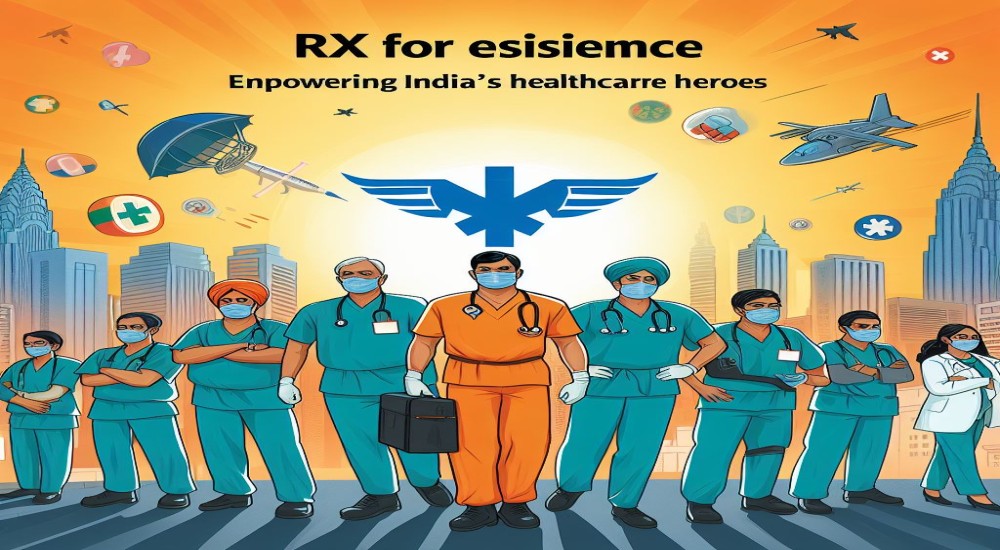Why Healthcare in Schools is vital today?
A Generation in Crisis..?!
Covid has created a lasting impact like a giant footprint from Godzilla in pretty much every aspect of our lives and livelihoods. One of the greatest impacts and perhaps one of the most insidious ones that could have large scale impacts in the far future is the forced closure of our schooling systems.
Since its outbreak two years ago, the COVID-19 pandemic has disrupted education systems globally, affecting the most vulnerable learners the hardest. It has increased inequalities and exacerbated a pre-existing education crisis. School closures have ranged from no closures in a handful of countries to up to more than a full school year. Lack of connectivity and devices excluded at least one third of students from pursuing learning remotely.
In India, closure of 1.5 million schools due to the pandemic and lockdowns in 2020 has impacted 247 million children enrolled in elementary and secondary schools. In addition, there are over six million girls and boys who were already out of school even before the COVID-19 crisis began. Online education is not an option for all as only one in four children has access to digital devises and internet connectivity. Pre-COVID, only a quarter of households (24 per cent) in India had access to the internet and there is a large rural-urban and gender divide.
Till date in India only eight states/UTs have opened all classes from class 1 to class 12, 11 states have reopened classes 6-12 and 15 states have only opened classes 9-12. Three states have reopened anganwadi centers, with younger children losing out greatly on crucial foundational learning. These disturbances in learning is starkly slanted against the poor, rural communities and can have adverse effects on the future potential of entire communities.
A large section of the children who attend schools depend on them for more than education, for many of them it is a safe spot, vaccination and healthcare center, meal center where poor children can receive at least one meal. The closure of schools has affected the physical, social, nutritional health of children in India.
The extent of impact on our children:
- Younger age groups are missing the foundational stages of their education thus making their ability to enter higher education doubtful.
- The interest and engagement of school children becomes lower when there is prolonged absence from school.
- Dropout rates increase dramatically among poorer populattheGet care requions and enrollment rates go down as well.
- Increased mental stress and depression from lack of interaction with peers and social communication.
- Girl children are more likely to have dropouts and lack of access to education.
- Lack of knowledge and skills in graduating classes due to poorer standard of education in covid times.
- Increased disparity in skill and knowledge levels between public and private schools.
- Competitive exams and entrance exams get harder for all classes and ages.
- Reduced extracurricular activities lead to poor social and physical development.
- Entire generations can e adversely affected for decades to come.
- Teachers struggle without employment & income as schools shut down.
- Managing large classrooms online can be draining for teachers.
- Holding exams and assigning homework, projects online can be a logistical nightmare.
Moving forward:
There is an urgent need to make sure that schools are the last to close and first to reopen in this pandemic, this has been stressed multiple times by agencies such as UNICEF, UNESCO, UNHCR, World Bank and World Food Program. Children are more vulnerable to sustained absence of peer and social interactions and their long term rain development can be adversely affected. Many studies have shown a phenomenon called "Zoom fatigue" wherein prolonged online classes and meetings have caused fatigue that both sets in faster and lasts longer.
Many schools have been unable to pay their teachers while classes are not being conducted and this has drastically impacted the financial wellness of teachers, support staff and auxiliary personnel such as groundskeepers, security and maintenance staff. All this along with the rapid need to integrate previously unfamiliar technology to taking classes, conducting exams, making assessments etc. have taken their toll on both students and teachers.
It can be hard to get individual attention to students on the best of days and trying to do that in an online class can be even more challenging. Today, despite the Omicron variant, schools are open in the majority of countries, supported by health and safety protocols and vaccination programs. But the costs stand to be tremendous in terms of learning losses, health and well-being and drop-out. Prioritizing education as a public good is crucial to avoid a generational catastrophe and drive a sustainable recovery. To be more resilient, equitable and inclusive, education systems must transform, leveraging technology to benefit all learners and building on the innovations and partnerships catalyzed throughout this crisis.
In lieu of this many schools and govts are turning to Telemedicine and Remote healthcare solutions in order to keep the children in their care safe. COVID has merely brought to the front the glaring gaps in healthcare for our children. The need for continuous monitoring of health data, keeping track of illnesses, allergies, genetic disorders, psychiatric health etc. for children has been lacking across both public and private institutions. Even the affluent and city based children were found to be lacking proper medical records and healthcare data.
A combined effort by schools, parents, local authorities and governments in cooperation with the healthcare industry is a must if we want to ensure that our precious future generations grow up with health and wellness intact.
